There are plenty of reasons to build a custom computer. While custom computers may initially be more expensive than prepackaged desktops or laptops, they can provide you with nearly endless possibilities, whether you’re looking for a top-notch gaming machine, a system for mixing music, or the ideal choice for developing Web applications.
A custom computer is the way to go if you want both performance and flexibility. Upgrading individual parts often is less expensive than buying a new computer, which could save you money in the long run.
Following are the essential parts you’ll need.
Processor and Motherboard
The component to start with is the processor, which will dictate your selection of other necessary parts, like the motherboard. UserBenchmark’s exhaustive list of user-rated processors is a good resource to help you decide. AMD and Intel are the top manufacturers, but I prefer Intel.
Intel is the industry standard when it comes to processors, so you can’t go wrong if that’s your choice. Its Core series comes in three families: i3, i5 and i7. The i3 series is good for average computing needs, while the i5 offers a little more horsepower. The i7 series offers you the best performance. For the price, a Core i7-6700k really can’t be beat.
After you choose your processor, select a motherboard to go with it. Make sure it is USB 3.1/3.0-capable for optimal speed. One factor to consider is whether you plan on overclocking, which involves running your PC at a speed higher than manufacturer recommendations.
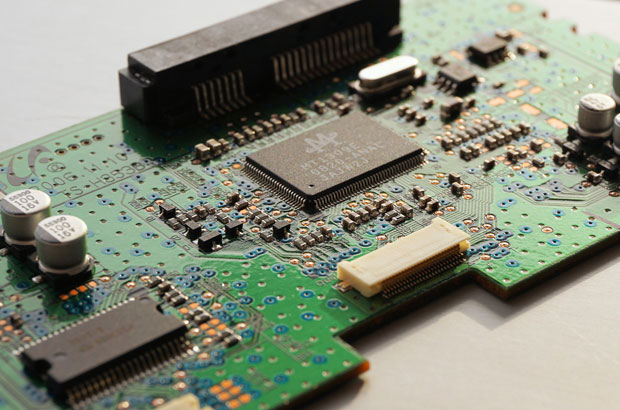
While you can benefit from short-term performance boosts, overclocking may lead to a shorter lifespan for your computer, so you’ll need to consider a compatible motherboard if you plan to do it.
Storage and Memory
Next, choose the storage you want to use. HDD drives are the traditional hard drives that most computers have, and they are extremely affordable.
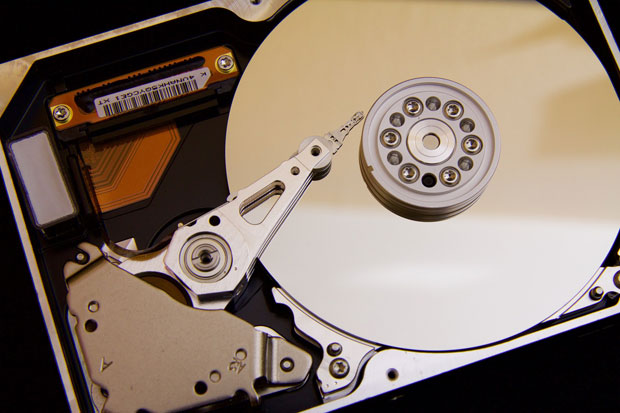
However, SSDs are the choice for sheer performance, and their prices are dropping.
I prefer a hybrid option that includes both. A computer built with its system files on a smaller SSD will boot faster, while a larger and cheaper HDD in the 2-TB range gives plenty of storage.
Decide how much RAM you need. If you plan on running a 32-bit OS, then you only need 3 GB of memory since the OS won’t support any more. Most likely, though, you will be using a 64-bit architecture where 4 GB is the minimum.
RAM is a relatively cheap upgrade for the performance you get in return. Choose 8, 12, or 16 GB for a better user experience.
You can also put in a DVD/CD drive, though it is not necessary, thanks to portable storage and cloud-based software.
Video and Audio Cards
If you intend to play video games, create digital graphics or edit video, you should invest in something more advanced than a basic video card.
For enhanced graphics, AMD, ATI or Nvidia cards will do the trick. The AMD Radeon RX 460 is a reasonably affordable option that can also handle the needs of most casual gamers.
The same goes for your audio card: If you are editing audio files, you should always opt for a higher-quality card that’s compatible with the peripheral equipment you want to connect.
Case, Power and Cooling
You have to buy a case to hold all of that amazing hardware! There are many types of cases on the market with different features. Many cases have a rudimentary power supply and cooling fans. However, if you are building a high-performance system, they are probably inadequate.
All that performance generates heat. Too much heat will cause your computer to crash and may even damage hardware, so be sure to invest in some quality computer cooling fans.
At a minimum, you will want one attached to your CPU heatsink, one larger fan to exhaust heat from the case — and if not built in, one to disperse heat from your graphics card.
The more powerful your components, the more power you’ll need to run your system properly. You don’t want to burn through a cheap power supply and have everything shut down on you.
Plan on at least a 500w power supply, but if you’ve opted for a bigger processor, graphics card, and the requisite fans, you’ll need something with more juice. Your components may come with recommended power allowances. If not, I suggest at least a 750w power supply.
Final Thought: Don’t be afraid to invest more money up front, as your custom machine can provide years of use before you’ll need to upgrade it again. Good luck with your project — and most of all, have fun!

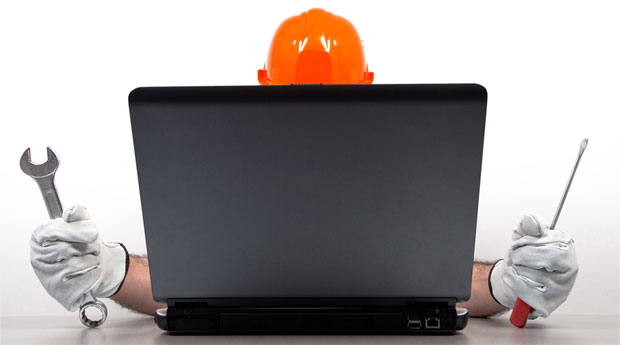



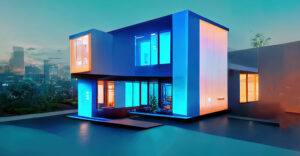


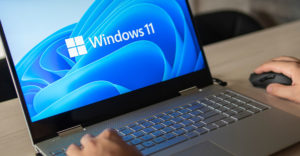


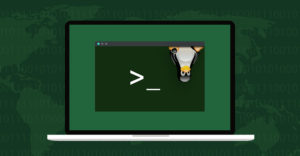

































3gb max on 32 bit boards? What about Linux and a Core 2 Duo processor(PAE), or equivalent. Has 32 bit data bus but can address up to 64gb. In general the article is good.